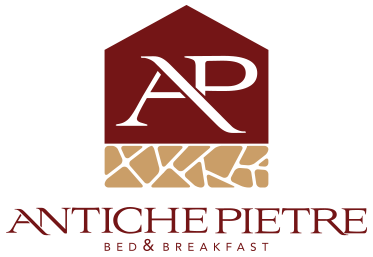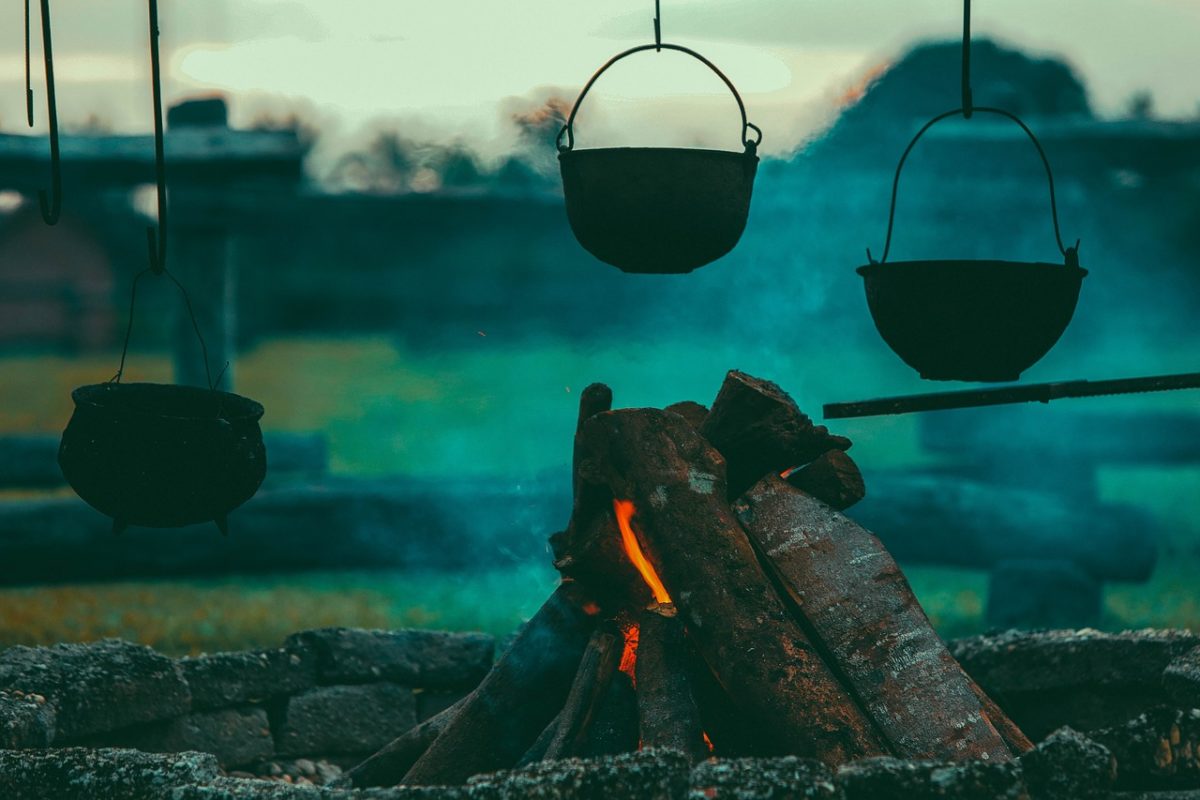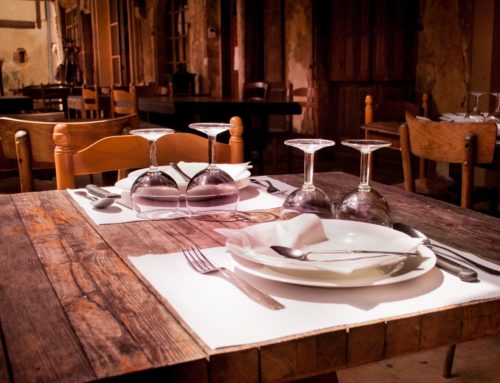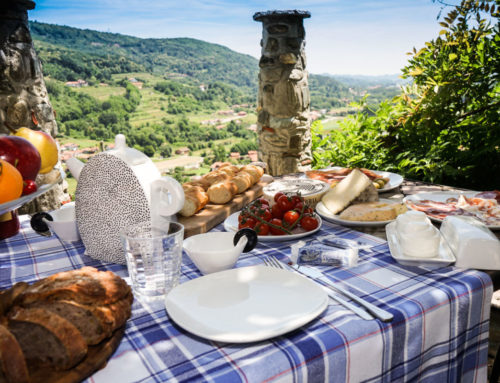As often happens in Piedmont, appetizers are usually very important, usually a either medley of eggs, stuffed vegetables, boiled tongue with anchovy sauce; or vegetables with meat in jelly or carpione.
Cabbage is a key ingredient in the Piedmont. Caponet is made of cabbage rolls stuffed with meat, and cabbage soup known as supa mitonà that is made with bread, broth and cheese (and in some versions sausage and onion).
Other typical soups are those based on milk, rice and chestnuts, as well as those based on meat or lean broths to which the Piemontese grandparents used to add plenty of cheese and a few tablespoons of red wine.
Festive dish were usually homemade agnolotti and tajarin, while rice was consumed frequently, with mushrooms, vegetables or with yellow squash.
Even the meat was once reserved for festive occasions, with sumptuous boiled meats accompanied by red and green bagnet, or with savory stews of wild game (hare, wild boar) in Carema or Barbera which were usually accompanied by polenta. Excellent mixed sweet and salty fried foodstuffs and rabbit alla canavesana is also served.
The basic dishes of this area of Piedmont, however, are essentially two: the bagna caoda, which is accompanied by raw or cooked vegetables, and the tofeja (that is the beans with pork rind and pork leg cooked in a wood oven in the typical container of terracotta of Castellamonte), which is a classic at Carnival.
With the quinto quarto are made the fresse, meatballs of offal and raisins wrapped in the topic (network) of pork, one of the dishes of the crin seina, (the banquet of the pig) that ritually followed, after the killing, the housewife processing of cured meats and pork.



